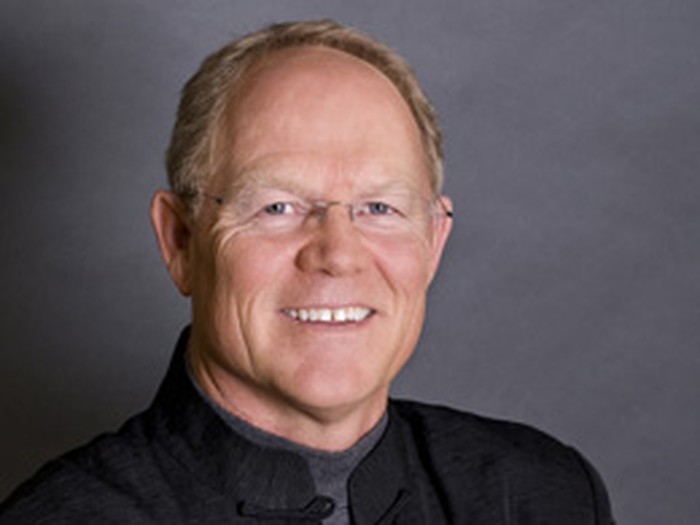The Quest For Holiness
- Updated Aug 17, 2017

"Therefore, I urge you, brothers, in view of God's mercy, to offer your bodies as living sacrifices, holy and pleasing to God - this is your spiritual act of worship. Do not conform any longer to the pattern of this world, but be transformed by the renewing of your mind. Then you will be able to test and approve what God's will is - His good, pleasing, and perfect will." (Romans 12:1 - 2 NIV)
The concept of holiness is central to Scripture. Today, however, the Christian church produces truckloads of materials designed to make men healthy and happy rather than holy.
A century ago, Charles Haddon Spurgeon, the "prince of preachers," said: "An unholy church! It is of no use to the world and of no esteem among men. Oh, it is an abomination, hell's laughter, heaven's abhorrence. And the larger the church, the more influential, the worse nuisance does it become when it becomes unholy. The worst evils which have ever come upon the world have been brought upon her by an unholy church." (Spurgeon at His Best, pp. 99 - 100)
The principles for holy living can be internalized by using the acronym "H-O-L-I-N-E-S-S."
H = Holy Spirit:
The Holy Spirit is the agent of holiness. He is not called "holy" simply because He is God, but rather because He works to produce holiness in the life of the believer.
O = Old Testament:
In the Old Testament, God set apart a people not because they were holy, but in order to make them holy. The Israelites were set apart in a Holy Land (Canaan), set apart through Circumcision, and set apart by the Commandments. Holiness means to be set apart for the service of God rather than for the service of self.
L = Legalism:
Legalism does not equal holiness! In the Sermon on the Mount, Jesus introduces the possibility of living solely for God and not for outward appearances based on the traditions of men.
I = Internal Holiness:
While man looks at externalities, God is concerned with our deepest internal motivations. He is not as concerned with what we do as He is with why we do what we do.
N = New Testament:
If the Old Testament symbol of holiness is found in the commandments, the New Testament symbol for holiness is found in the Cross. The difference between law and grace is the difference between religion and relationship!
E = Eschatology:
The eschatology of holiness will ultimately be realized in eternity when positional holiness gives way to practical holiness. On that glorious day we will behold Him "face to face."
S = Sanctification:
As Christ died that we might be justified, so we are justified in order that we may be sanctified, or made holy. Sanctification involves being conformed daily to Christ rather than transformed by our culture.
S = Suffering:
Suffering is an integral part of biblical holiness. Spurgeon once wrote that he was "certain that he had never gown in grace one-half so much anywhere as upon the bed of pain." We are "heirs of God and fellow heirs with Christ, if indeed we suffer with Him in order that we may also be glorified in Him" (Romans 8:17).
Are you growing in holiness?
You know you're growing in holiness when:
- You delight in praising God and disdain being praised yourself.
- You are committed to self-sacrifice rather than self-service.
- You have a growing commitment to the extension of the kingdom of God rather than the kingdom of self.
- You are submitted to the sovereignty of the Savior rather than the sovereignty of self.
- You have gained an eternal - rather than a temporary - perspective.
- Hank Hanegraaff



















